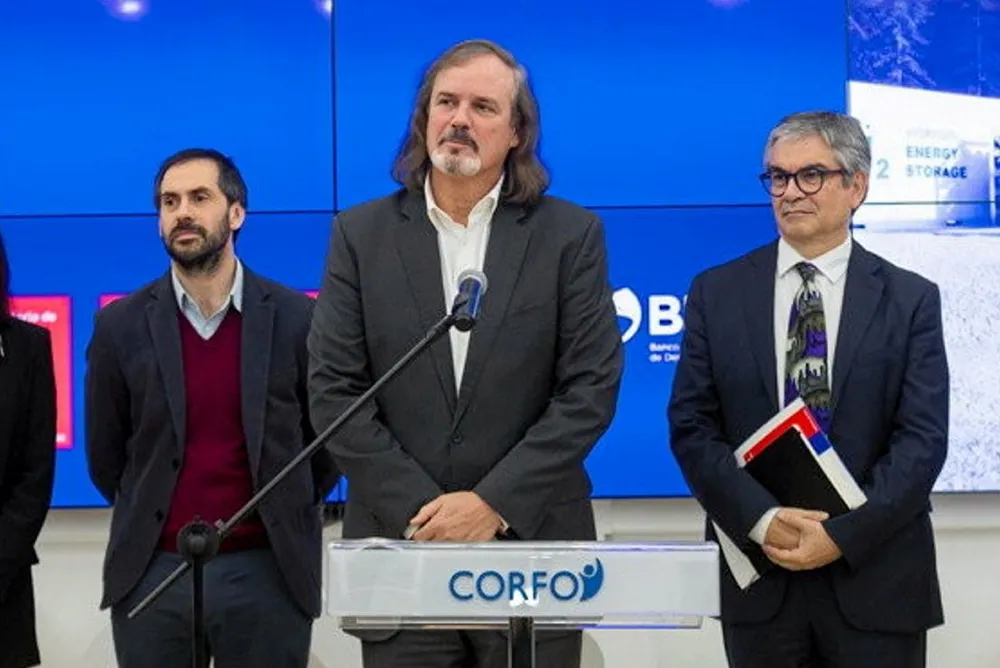Chile tops up green hydrogen fund to $1bn and pledges to protect producers against certain 'financial risks'
Development agency adds $250m to the $750m in loans it has already bagged from European and American banks

Development agency adds $250m to the $750m in loans it has already bagged from European and American banks
